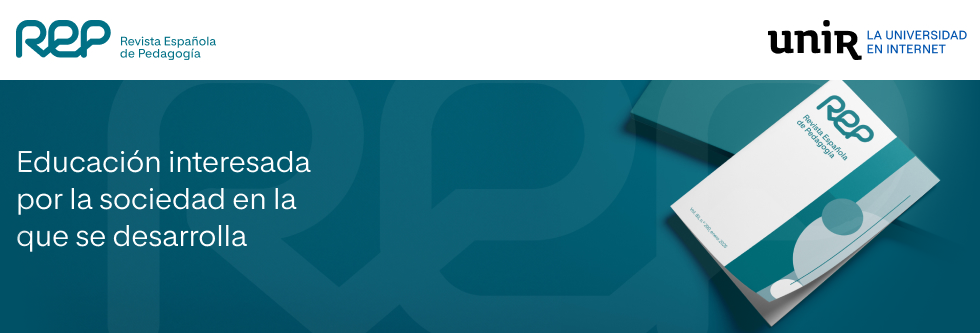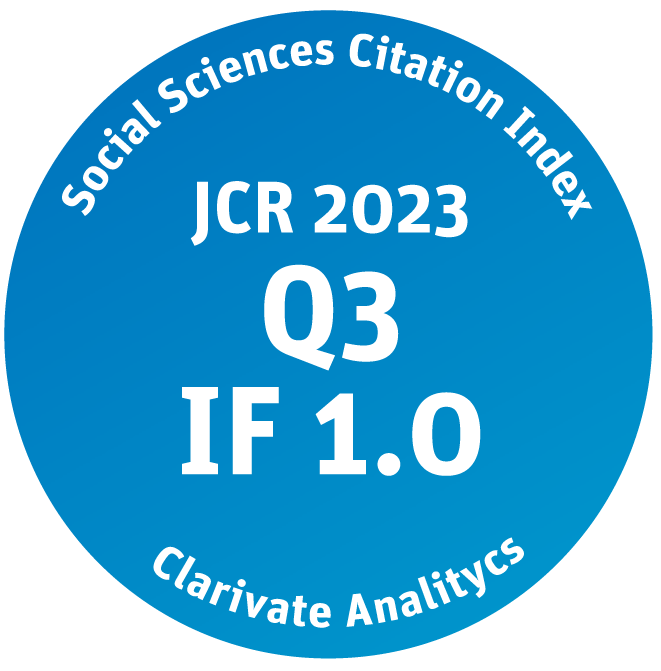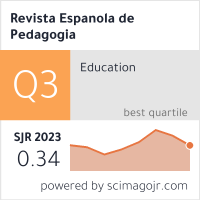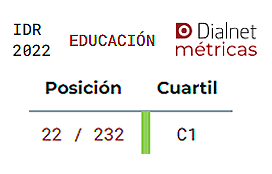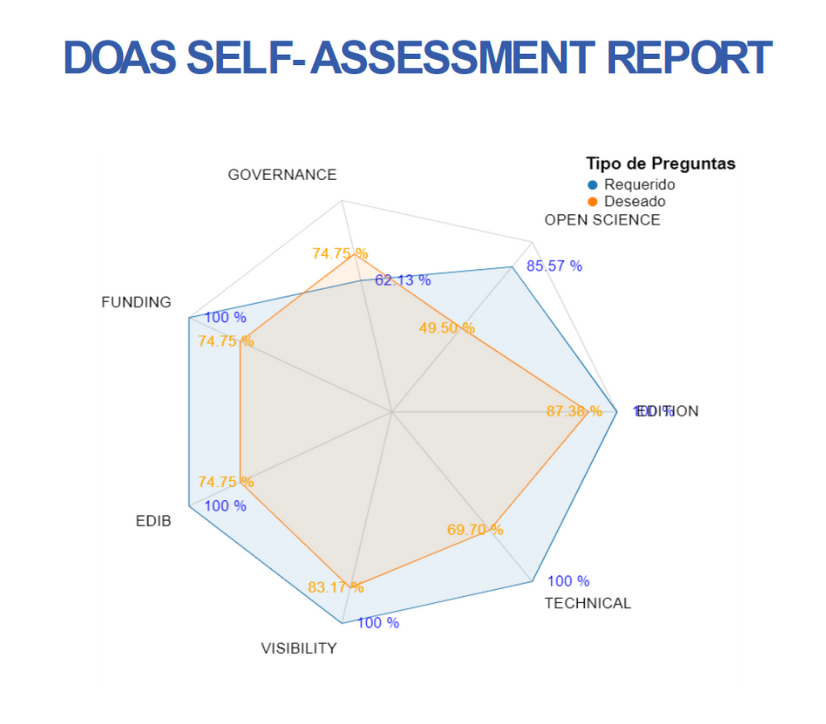DOI
10.22550/2174-0909.3937
Abstract
To be, or not to be, that is the question. As it is in character education as well. In his pedagogical research, Marvin Berkowitz reduces the problem he confronts to its most basic components, as Shakespeare already did in the field of literature, and, in so doing, uncovers the metaphysical scope of his professional endeavour. In the case of PRIMED for character education, this undertaking is based on teaching and, as noted above, appeals to what is most radical, which is “how to be” and “how to live” (p. 4). Throughout this work, this is precisely a matter of attaining an effective practice to achieve “the flourishing of human goodness in schools” (p. 4), which is what gives most meaning to people’s life and being. This goodness is considered in the spirit of his book as “the inclination and capacity to make the world a more just and compassionate place for everyone and for that to be central to one’s sense of self” (p. 16). The purpose of this publication, expressed in more detail, is set out straightforwardly: “how we can build a better world through understanding, committing to, and acting upon what is most effective in nurturing the flourishing of human goodness, especially in kids” (p. 3). Through guidelines and specific examples largely implemented by notable or pioneering educators, Berkowitz clarifies the most appropriate way to achieve this objective of goodness, which must emanate from the “inner core, in other words, our character” (p. 4).
Modelo PRIMED para la educación del carácter is marked by great sharpness of ideas, fluent exposition, and conceptual clarity. It revolves around six central ideas that are, as the subtitle states, the six essential principles for improving schools. PRIMED, in fact, is an acronym based on these six ideas or “design principles” that connect “to guide the construction of an comprehensive, evidence-based, and effective character education initiative” (p. 172). These principles are priority, relationship building, intrinsic motivation, modelling goodness, empowering students, and developmental (pedagogy), as stated in the book’s table of contents. The author devotes a chapter to each of these elements, divided in turn into multiple sub-sections. Similarly, the detailed explanation of these six essential nuclei is preceded by an introductory chapter and is rounded off, in a final section, by a series of closing considerations and notes summarising what has been presented. The book has a total of eight parts or chapters.
In line with the above, it could be said that the author proposes a guide for “effective” character education that illuminates and makes it possible to intervene in how “we be with others and then what we do as a consequence” (p. 5) in the context of achieving goodness in the learning of children and adolescents, the fundamental objective of the book. Indeed, “effective practice, grounded in deep understanding, is the heart of this book” (p. 4). Consequently, there can be no opposition between being and doing: “we want a synergy between being and doing and having it all grounded in a deep understanding (knowing) of character, character development, and character education” (p. 7). However, there is a precedence of being over doing and, specifically, of teachers’ being over their formative (or better performative) activities in students. In effect, it “is first of all a matter of being and then a matter of doing” (p. 4). In other words: “If we want to redesign schools or classrooms, we have to first redesign ourselves... our way of being” (p. 6). The question, of course, is how we go about doing this task. If Berkowitz takes us away from something in this book, it is the idea that there is a handbook to be applied directly or instantly that leads to achieving the desired product: “schools make the mechanical mistake all the time” (p. 6) when, in reality, “there are no simple litmus tests of character” (p. 131). As Berkowitz observes, “understanding what will effectively foster character development in schools […] is a much more complex chore and will be the focus of most of the rest of this book” (p. 19). The methodological error described above, which
is mechanistic in nature, is subsidiary to another that consists of wanting to find solutions to problems where it is perhaps most logical to look for them, but where, in reality, they are not found; in this way, teachers and institutions have often “been focusing instead on some of the well-intentioned but ineffective character education practices” (p. 8). In this regard, “PRIMED is a framework for creating classrooms and schools, which are places where educators and students want to be” (p. 172). However, for a task like this, as noted above, everything must start with the transformation of the personal being of the teachers; a good metamorphosis of this type would serve as an example for character education and would favour the transfer to the children of knowledge from the curriculum. Indeed, one of the mantras that Berkowitz repeats most often is that “kids don’t care how much you know until they know how much you care”, as children are “hypocrisy detectives” (p. 125).
For the author of this book, truly educating means educating with the students. Nonetheless, this requires people who are capable of promoting such an undertaking, who are well trained, and who have a talent for leadership that people want to imitate: “students see and hear all you do and say and remember it” (p. 128). Consequently, “character education starts in your mirror […] it must start with the adults” (p. 127), as there can never be “a great school without a great leader, and […] never […] a great character education school without a great character educator as the leader” (p. 61). At an institutional level, the main general methodological challenge for the management of educational centres is to discover how to integrate character education with the curriculum effectively, in a way that is effective for development, which is critical for a structural support that makes it possible to prioritise character education.
Regarding the six PRIMED principles set out above, “prioritising” character education implies that it is not principally a means for academic success but that, above all, we must value nourishing goodness simply because goodness matters. However, if prioritisation must be effective in order to have performative reach in the being of the students, “it should be clear that it is important to talk about about character and to have useful language with which to do so. Core character concepts are certainly a main part of that” (p. 43). In this regard, Berkowitz notes the importance of taking inspiration in pre-established guidelines-frameworks to direct us in the task of forging a noble and good character, such as the six pillars of character of Character Counts or the publications of Character.org. With regards to the “relationship building” principle, it must be a true priority for character education to be successful; therefore, it is necessary to bear in mind that “the real trick here is that relationship building […] must include all in the school and ideally stakeholders outside the school as well” (p. 80). The third fulcrum of PRIMED is “intrinsic motivation”; in this sense, if our character resides within us and we want to change it, we have to aim at what is inside us. Applied to pupils, we have to discover how to make them internalise what we teach and model. In fourth place, there is the relevance of the “modelling”, which, grosso modo, has already been set out and which, ultimately, is a transversal factor as, if mechanicism is rejected when achieving character education objectives, one of the operative roads that appears before us is mimesis or modelling. The fifth PRIMED standard (“empowering”) illustrates the vital importance of involving students in education and in the management of the school. Faced with the prejudices of “adultism”, based on the false belief that they are incapable, too immature, it must be accepted that sharing power brings many challenges, but is necessary for character education. Finally, through the “pedagogy of development”, all of the PRIMED structure will be directed at being implemented in the ever-increasing direction, the future, which frames how we educate, with a long-term view and not statically; in effect, children (adults as well, ultimately) are in a process of ascent towards new reference points in their journey of development and pedagogical strategies must be applied to achieve them.
In summary: Modelo PRIMED para la educación del carácter urges us to reconsider our approach to classical educational problems and offers us a theoretical-practical framework for solving these challenges in a non-mechanical way, characterised by a conceptual toolkit with a deep philosophical basis. Indeed, according to Berkowitz, character education can only be effectively implemented when the personal being of the teacher and of the school can be modelled in the student learner. However, doing this requires transforming the innermost being of the students towards goodness, something that can only take place thanks to a positive prior metamorphosis: that of the character of the person of the teacher.
Unai Buil Zamorano ■
Citación recomendada | Recommended citation
Buil Zamorano, U.
(2024)
.
Berkowitz, M. W. (2022). Modelo PRIMED para la educación del carácter. Seis principios esenciales para la mejora escolar [PRIMED for character education: Six design principles for school improvement]. EUNSA. 355 pp..
Revista Española de Pedagogía, 82(287).
https://doi.org/10.22550/2174-0909.3937
Licencia Creative Commons | Creative Commons License
Esta obra está bajo una licencia internacional Creative Commons Atribución-NoComercial 4.0.
This work is licensed under a Creative Commons Attribution-NonCommercial 4.0 International License
